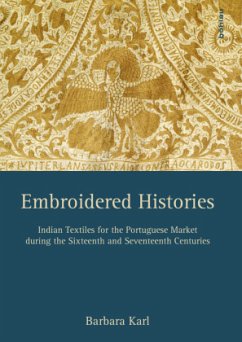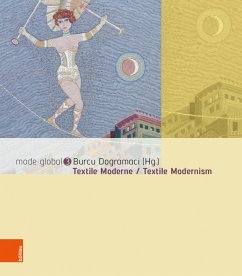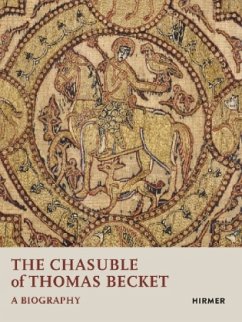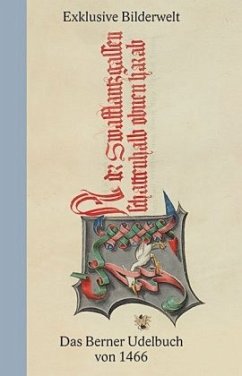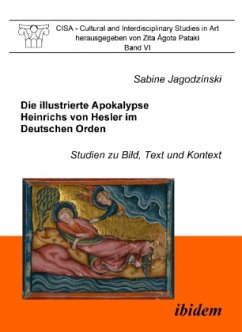Nicht lieferbar
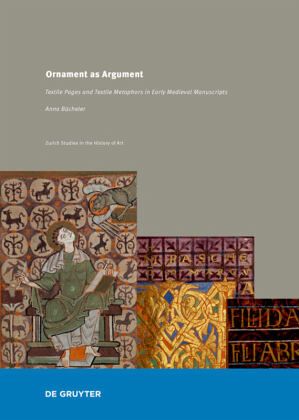
Ornament as Argument
Textile Pages and Textile Metaphors in Early Medieval Manuscripts
Versandkostenfrei!
Nicht lieferbar
This study, for the first time, systematically analyzes the function and meaning of so-called textile pages in book illustration of the tenth and eleventh centuries. The ornamented pages of gospels and liturgical books evoke Byzantine and Islamic silk fabrics that serve as conveyors of various theological arguments. The textile iconography of the book pages visualizes textile metaphors that relate to core subjects of Christian theology such as incarnation and script as a medium of revelation. In addition, references to Medieval exegesis, liturgy, and devotion are characteristic of this contemp...
This study, for the first time, systematically analyzes the function and meaning of so-called textile pages in book illustration of the tenth and eleventh centuries. The ornamented pages of gospels and liturgical books evoke Byzantine and Islamic silk fabrics that serve as conveyors of various theological arguments. The textile iconography of the book pages visualizes textile metaphors that relate to core subjects of Christian theology such as incarnation and script as a medium of revelation. In addition, references to Medieval exegesis, liturgy, and devotion are characteristic of this contemplative instrument of religious culture.
In this context, the materiality of the book - through textile ornament as a part of the book body - plays an important role.
In this context, the materiality of the book - through textile ornament as a part of the book body - plays an important role.




